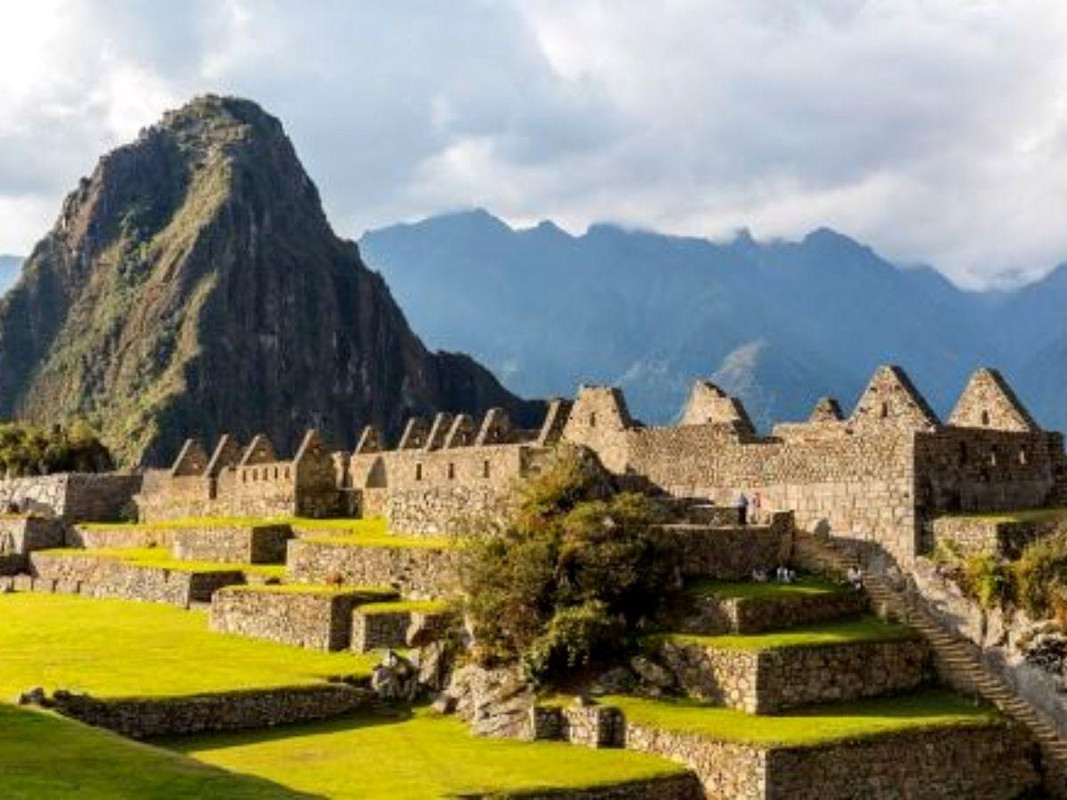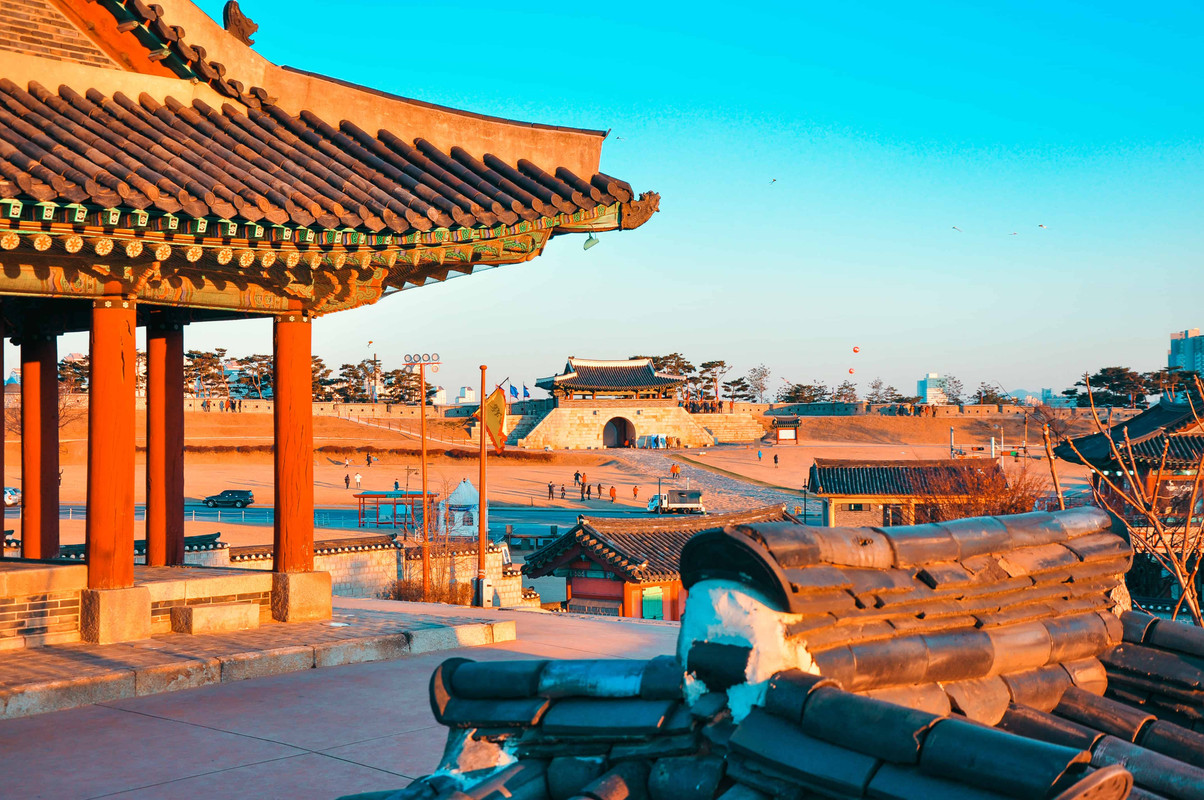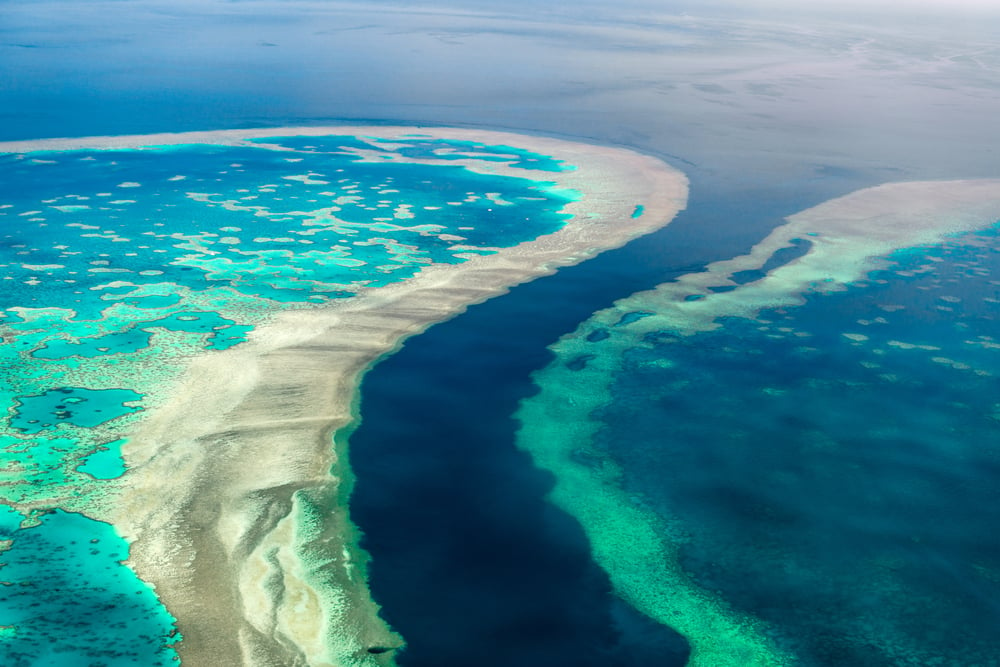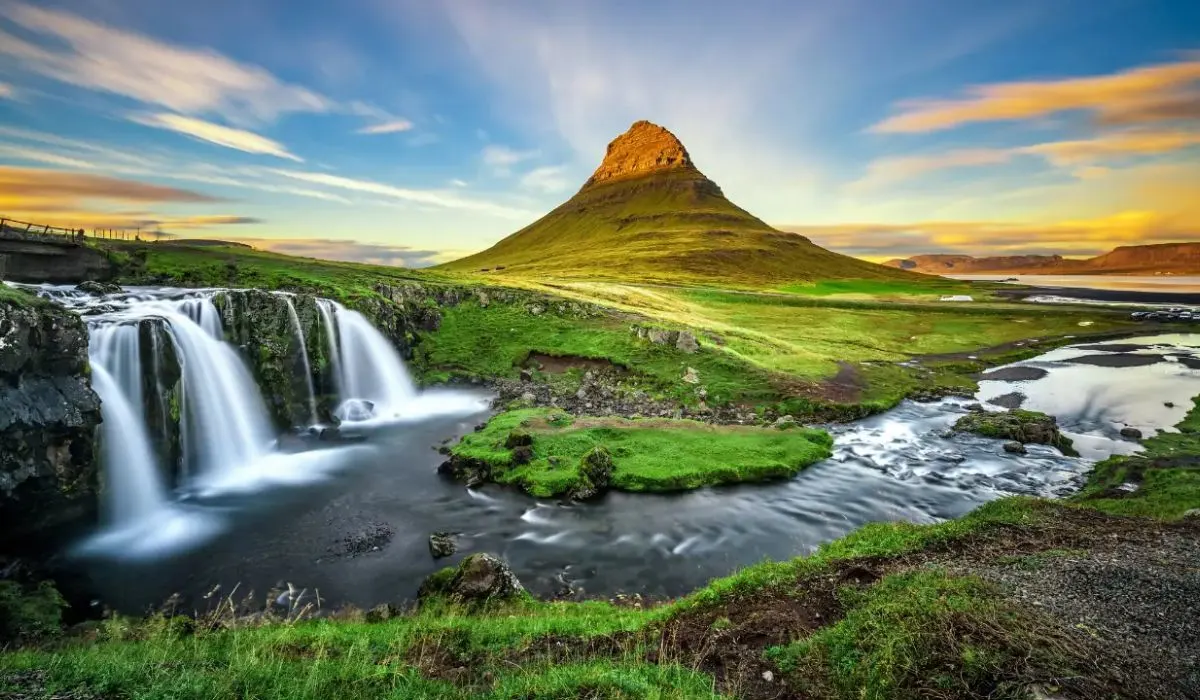The twelve of these are in the list for their cultural significance. There is also a natural site, Waden C (shared with Germany) - the world's largest unbreakable network of entertainment sand and mud flats. The sites include the 17th -century Dogmechariad de Bemester (painted), which is an area of 17,811 acres of land spread over farms, roads, canals and settlements. This is important as an example of the Renaissance-era plan.
Peru’s UNESCO World Heritage Sites: A Treasure of History and Culture
Peru's presence in the UNESCO list extends to 13 places of urban, archaeological, natural and cultural importance. Examples include Lima's historical center and Chankillo Arche astronomical Complex-250-200 BC in a prehistoric calendar.

The most famous site is Machu Pichu (painted), which receives approximately one million visitors each year. Inka Empire (1438–1533) and built in the list since 1983, UNESCO has described the site as one of the 'biggest artistic, architectural and land use achievements'.
Sweden: A Scandinavian Gem of Epic Landscapes
The only Scandinavian entry in our random is Sweden. The country's 15 sites include landscape and historical buildings, including the royal habitat in the drottinghom. The bronze era also lists rock carvings in UNESCO TAMNAM. Another example is The Town of Visby (painted), a Viking site on the island of Gotland, with the 13th century dating buildings. UNESCO called it the 'best protected fortified commercial city' of the region.
Exploring Belgium’s 15th and 17th Century Architectural Wonders
The designated heritage sites of Belgium include the historical center of the Brugs, a city known for its attractive canals, cobbled roads and medieval buildings. It is also depicted 139 World War I Burry Site and Memorial with 400 miles (644 km) western front of the country. La Grande-Place (painted), the capital of Brussels, is home. Most buildings of the square date for the 17th century. The magnificent town hall was built in the 15th century and was restored in the 1800s.
UNESCO World Heritage Sites in South Korea

The designated sites in South Korea include the historical regions of Giangju, which features notable Buddhist idols, pagoda, temples and palaces from the 7th -10th century. UNESCO also lists the 14th and 15th century historical villages, Haho and Yangdong. The list has a natural site Jeju volcanic island (painted), with a notable lava tube system of caves. It is also home to South Korea's highest peak, 6,388-foot (1,947m) Mount Halla, a shield volcano that was finalized 5,000 years ago.
Santa Maria D'Clobaka Monastery: A 12th-Century Religious Gem
Many of the UNESCO World Heritage sites in Portugal have religious significance, including the 12th century monastery of Santa Maria D'Clobaka near Lisbon. There are also two examples of prehistoric rock art in Koa Valley and Siga Varde. In addition, the list recognizes the country's historical liquor industry. One of the most famous areas is Alto Dooro in the northern Portugal (painted), producing alcohol for two thousand years. Since the 1800s, it is known to make the port, a sweet, strong red wine.
Read more :- Beach Bliss & Beyond: Top Places to Experience the Magic of South Florida
Exploring the UK’s Iconic UNESCO World Heritage Sites
The UK 35 sites include the prestigious prehistoric stone circle Stonehenge, Maritime Greenwich and the historic cities of Bath and Edinburgh in London. Natural sites have Cumbria's Lake District, and Giants Coseway and Causeway Coast in Northern Ireland.
This list also recognizes the rich engineering and industrial past of the country, featuring Saltaire in West Yorkshire, a well -preserved 19th -century industrial village, and Ironbridge George in Telford (depicted). Spreaded by the Iron Bridge created in 1779, the site is recognized as a symbol of industrial revolution.
Great Barrier Reef – Australia Living National Treasure

Of the 20 sites in Australia, 12 are natural, including the Great Barrier Reef, while the other four have both natural and cultural importance, such as Uluru-Kat Tajut National Park. The list has a stunning collection of ocean islands created by volcanic activity in many natural miracles on the list. It is the world's most true coral reef and home for diverse species, including endangered Lord Hove Woodhane.
UNESCO World Heritage Sites in Brazil
Its capital is Brasilia in UNESCO World Heritage sites in Brazil. Built in the 1950s, it is notable as an example of modern urban planning. In addition, the list is the historic Gold Rush Town of Oulo Preto and Iguazú National Park shared with Argentina. The Central Amazon Conservation Complex may be the most famous natural site in Brazil. However, the 464,108 acres of pantanal conservation area (painted) is one of the largest wetlands in the world and such species is one of species such as Jaguar, Vishal Armdilos and Hycinth Macows.
